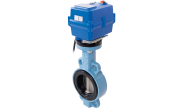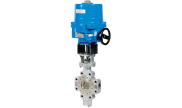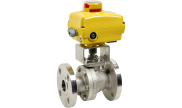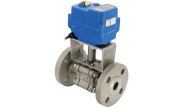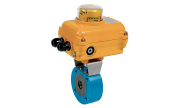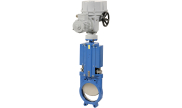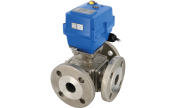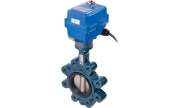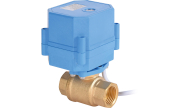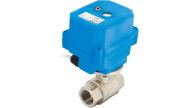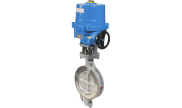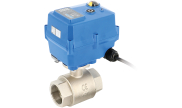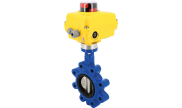Local Storage seems to be disabled in your browser.
For the best experience on our site, be sure to turn on Local Storage in your browser.
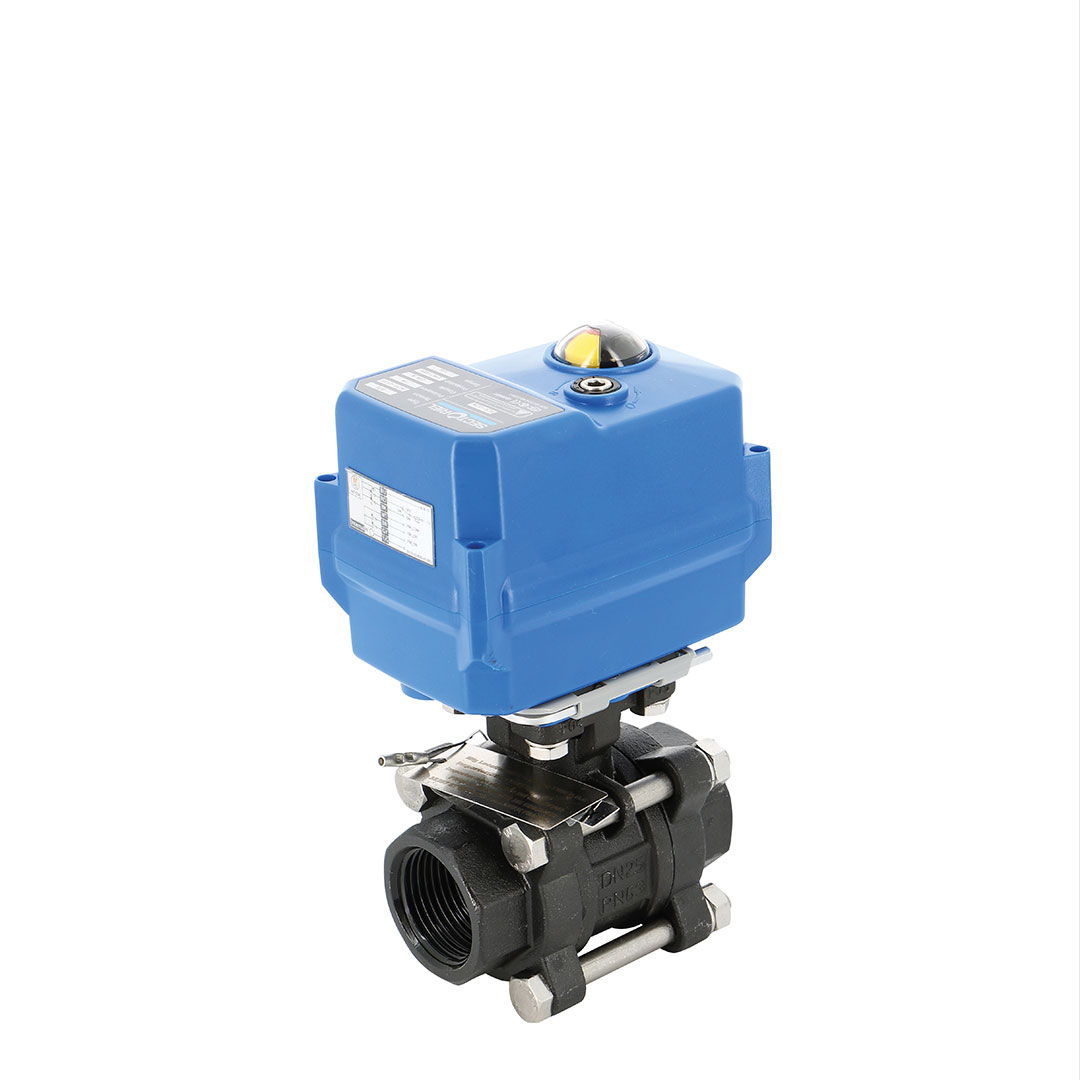
Electric actuation
Electric actuated valves: roles and uses
Ball valves or butterfly valves with ISO pads can be controlled using a quarter-turn electric actuator. They are then remotely-controllable valves, generally using an automated device. The actuator uses electrical energy in the power circuit. Standard electric actuated valves are “on/off” fitting devices, which means they are either opened or closed, and they can move from one position to the other instantly. They are used in the automated sectioning of networks.
From heating systems to industrial networks (cold water, hot water, air, gas, steam, hydrocarbons, process fluids), we offer a wide range of valves, all of them complying to the ISO and EC standards. For more industrial applications, we offer multiple models with the BS 6755-2 or API 607 fire-safe certifications, the ATEX certification or the TA LUFT certification (for fugitive emissions).
If the valve is to be used as a regulator, a specific control valve will be the right choice.
How to choose an electric actuated valve?
There are a lot of elements to take in consideration when choosing an electric actuated valve:
- Nature of the fluid, pressure, temperature.
- Operating time. The operating time can vary from 8s to 160s depending on the kind of actuator.
- Service factor. It is most often a percentage, with the number of starts per hour. S4 is the usual service factor for “on/off” quarter-turn actuators. This means they are intended for cycles that include: start, consistent service, period of rest required for the actuator to cool down. Control unit actuators are designed to carry out a high number of starts per hour (1200, 1800, or an illimited number), in order to be closer to the set position required by the control loop.
- Difference between upstream pressure and downstream pressure: most of predetermined sets show a maximum pressure difference of 10 bar. Oversizing the actuator may be required for higher pressure deltas.
- Voltage. Most common voltages are 230 V AC 50 Hz, 24 V AC 50 Hz and three-phase 400 V AC 50 Hz. Some actuators also work with 24 C DC.
- Ingress protection rating. Depending on the place where the electric actuator is set, we recommend the following ingress protection ratings:
- Inside a building: IP 65
- Outside, under shelter: IP 65 + anticondensation heater
- Open air: IP 67 + anticondensation heater
- Corrosive atmospheres: Special performances
- ATEX zones. For explosive atmospheres, the electric actuator must comply with the ATEX standard: it has a specific mode of protection, and can be installed and work without any explosive hazard. The valve and coupling must comply with the ATEX standard as well. We deliver an ATEX certificate for the whole device.
Options and accessories
- Resistance heater - The resistance heater is used when temperature varies a lot, or if the actuator is situated in a highly humid place. It limits condensation inside the actuator.
- Limit switches - They send the valve position to an automaton. Standard element on our actuators.
- Manual override - With a key or a wheel. It must be used only when the actuator is off.
- Control card - It is used to control the actuator in a proportional manner, in 4-20 mA. Most often used with butterfly valves.
- Torque limiters - Prevents the actuator from being blocked in case of abnormal rise of the valve torque.
- Fail safe with spring - Allows the actuator to get back in rest position thanks to a spring. Allows a NC or NO safety position to be defined.

